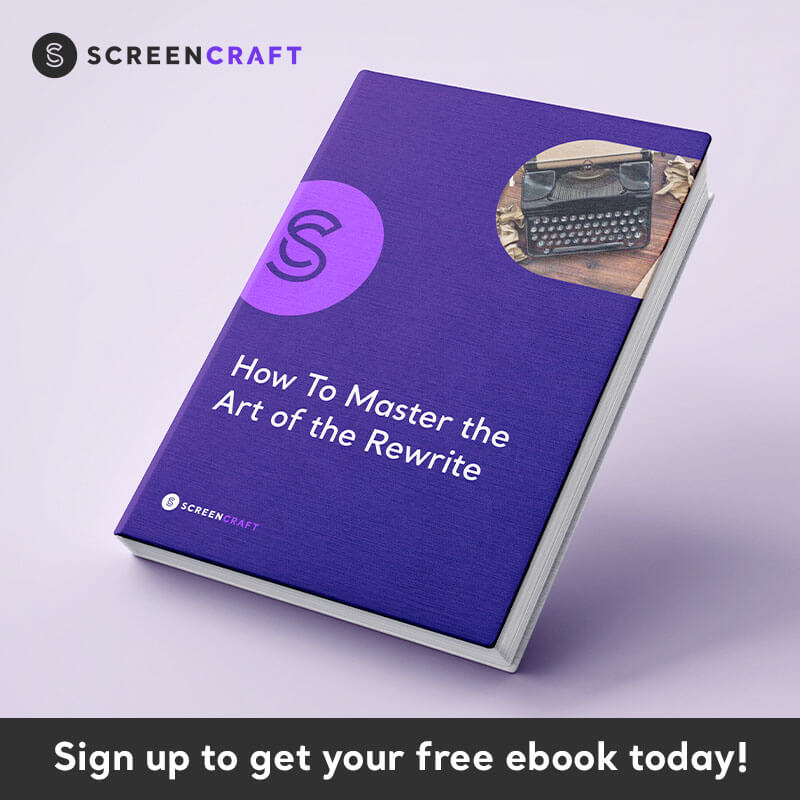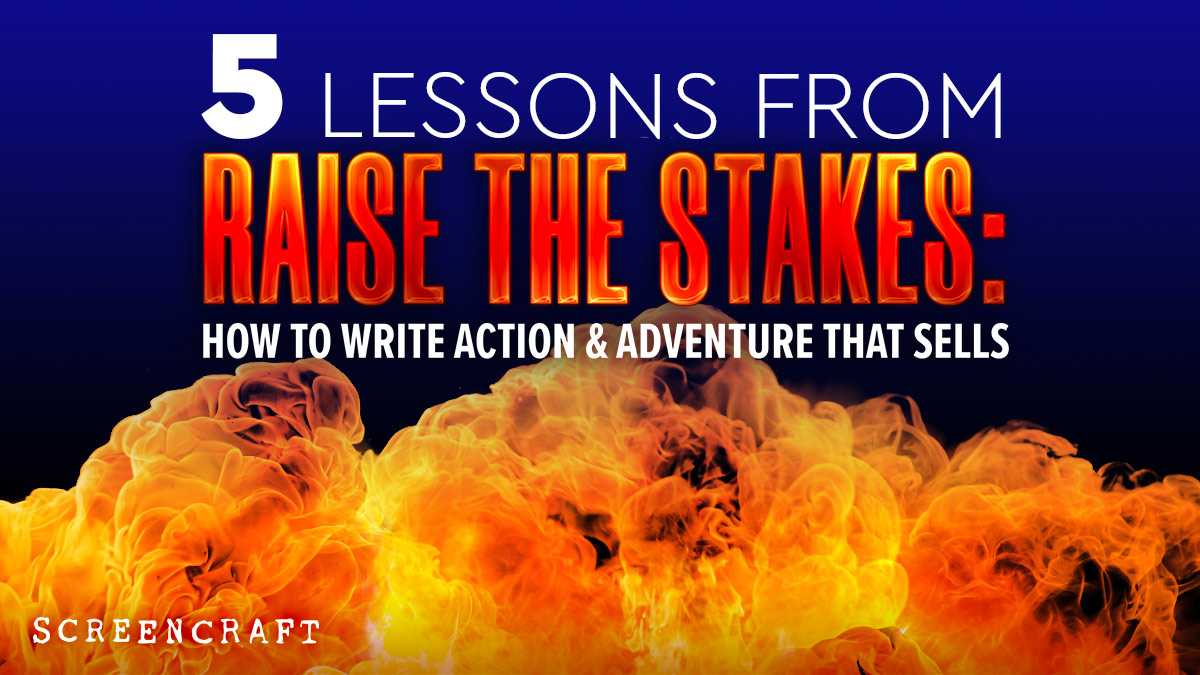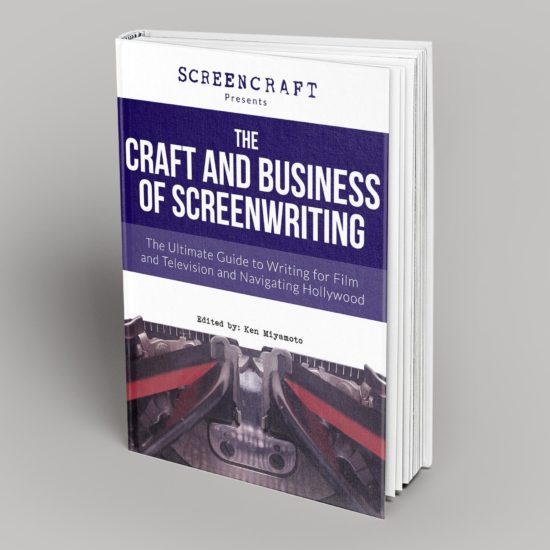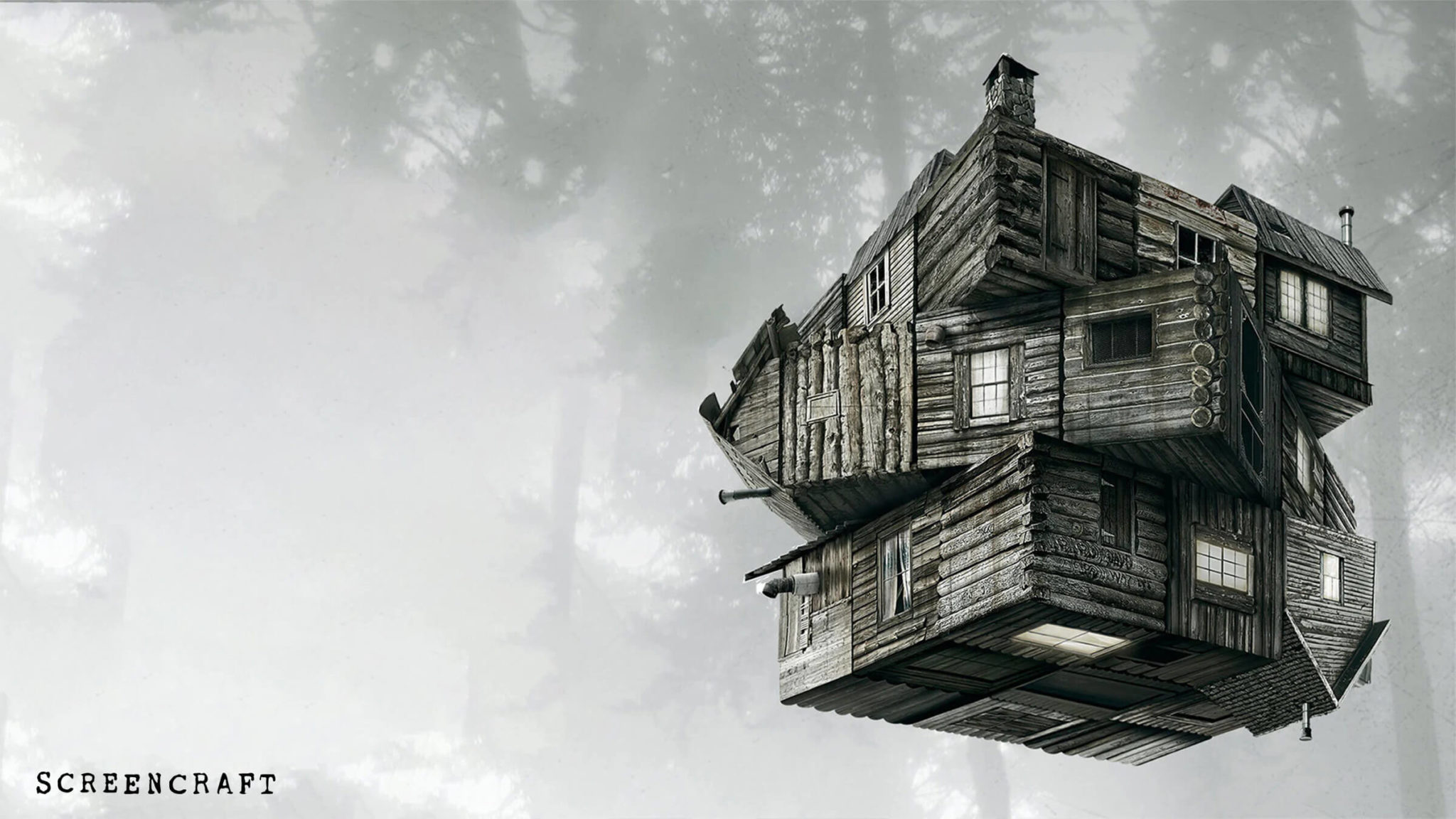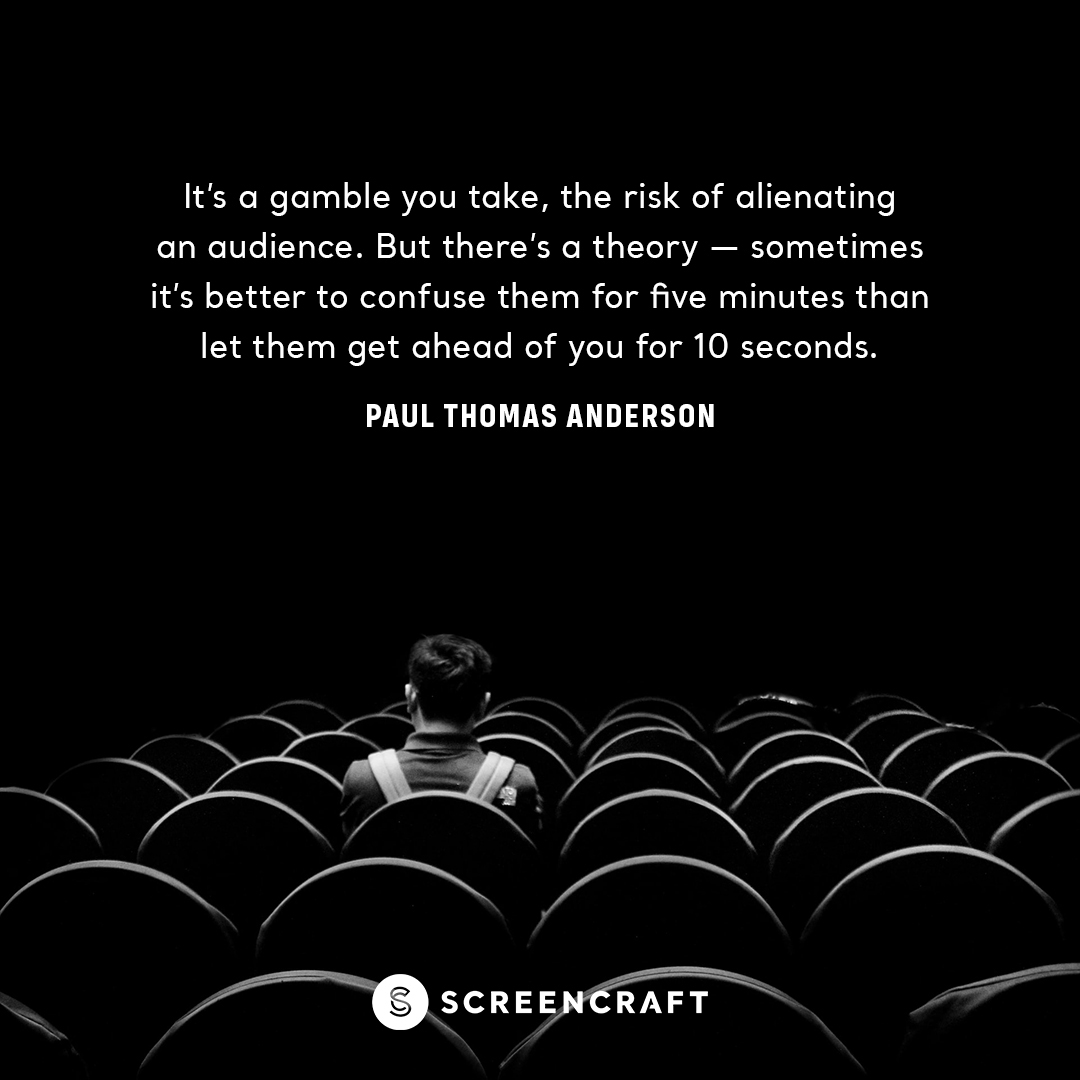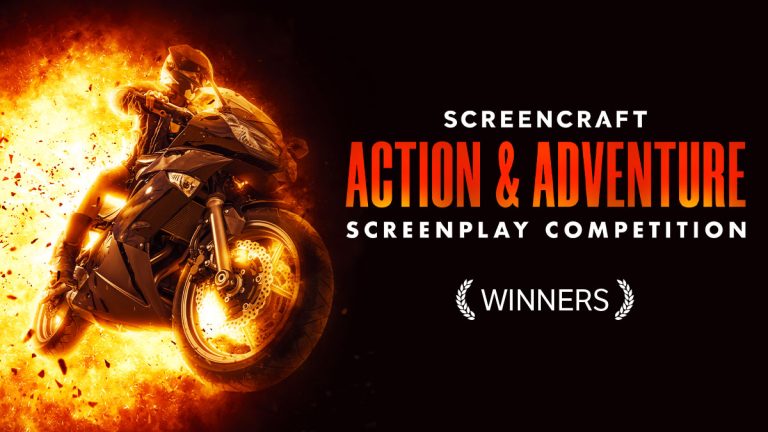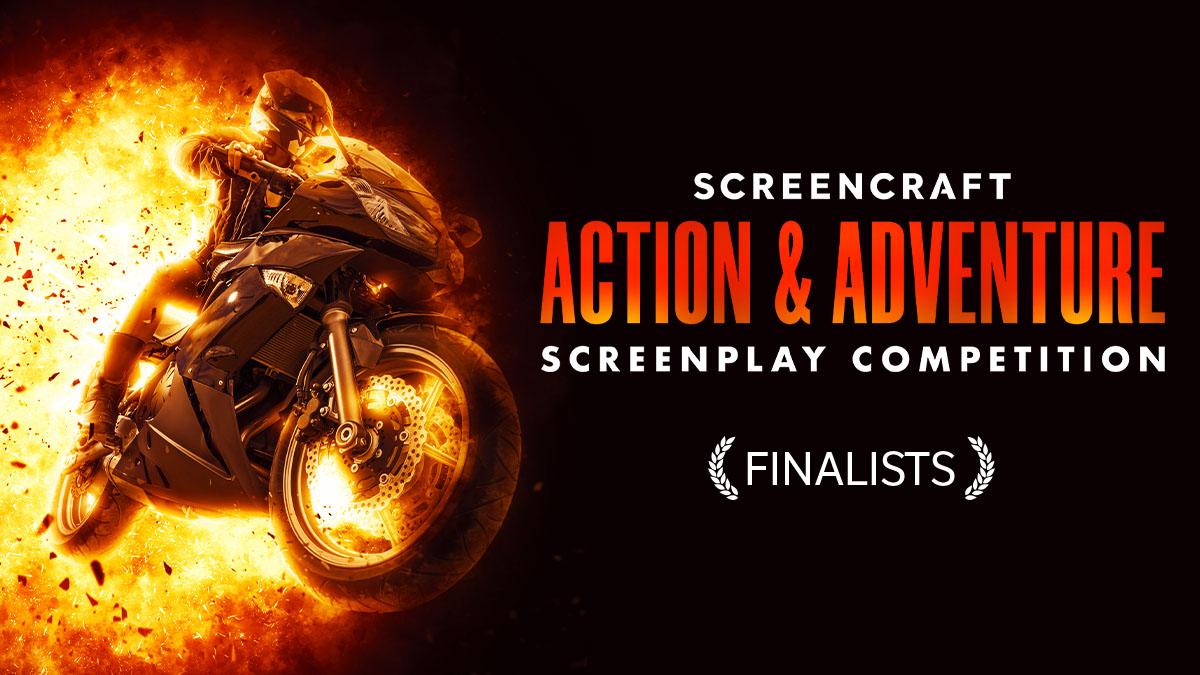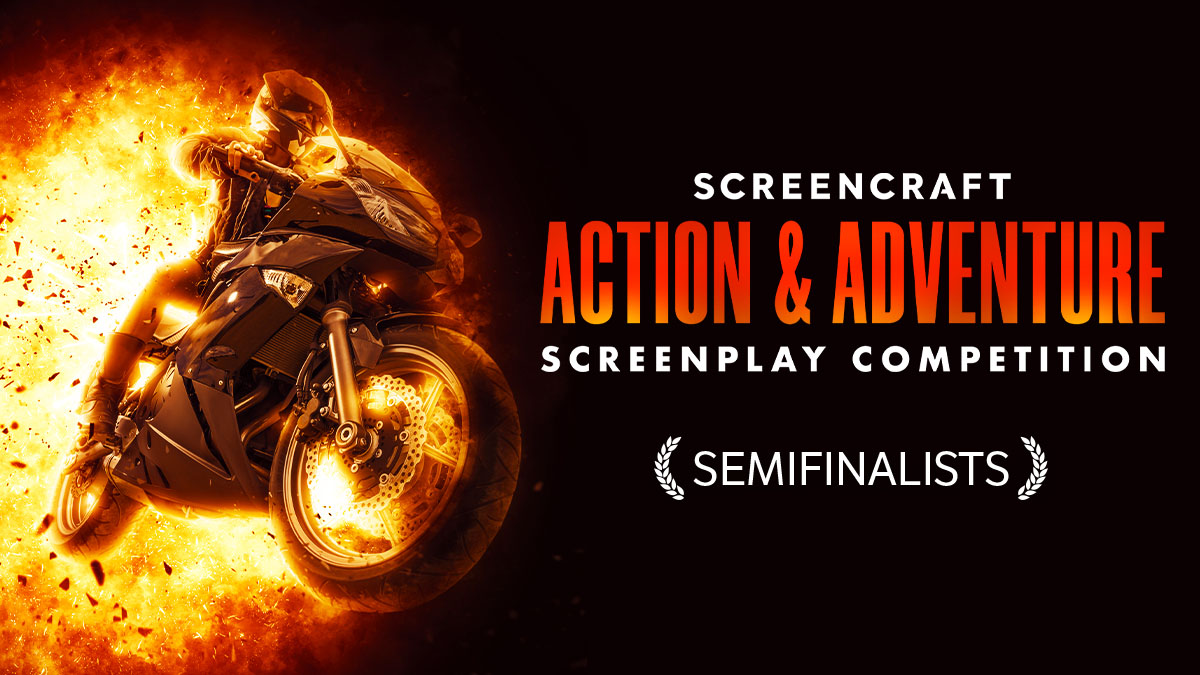5 Lessons from 'Raise the Stakes: How to Write Action & Adventure That Sells'
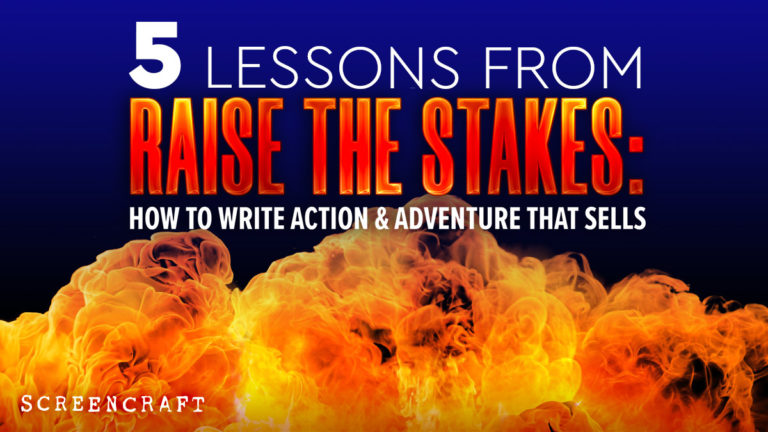
ScreenCraft recently hosted an event on Facebook Live called “Raise the Stakes: How to Write Action & Adventure That Sells.” Last year’s Action & Adventure Competition winner Emily Womelsduff moderated the panel discussion between writer Steven De Souza (Die Hard), writer Greg Russo (Mortal Kombat), showrunner/writer/producer Beth Schwartz (Arrow, Sweet Tooth), and film executive Grey Cusack (G.I. Joe, Transformers).
The group had a lively conversation that covered everything about the Action & Adventure genre, from essential elements of great scripts, writing interesting action sequences, and the importance of collaboration.
Here are five lessons from the discussion.
Great Action is Moved by Emotion
Avatar. Die Hard. The Avengers. Tomb Raider. Transformers. What do all of these action/adventure scripts have in common?
Russo explained: “Before you can even get into action/adventure, you want to talk about what the best scripts have in common.”
It’s true — a good script is a good script, no matter the genre. The panelists threw out important elements, including:
- A great concept
- A relatable “normal” hero
- An interesting antagonist
- Some kind of mystery or puzzle
- Plenty of set-pieces
- Global stakes and personal self-discovery
Schwartz added that the best action/adventure stories feature personal emotional arcs for the protagonist, which will mean the audience is both exhilarated by the action and moved by the emotion.
“The global stakes of your story, that is what tests the character’s journey. That’s gonna push the character into self-discovery. They’re going to learn more about themselves through these events that are going on,” Russo said, before adding: “The main narrative plot needs to be pushing your character into that self-discovery.”
Make it Interesting on the Page
Along with covering broader subjects, the panelists went into detail about some technical writing issues too, answering questions like: How do you create white space on the page when writing long action sequences? How much detail should be included in action-heavy scenes?
Schwartz stressed the importance of making the action paragraphs as interesting to read as the dialogue, and Russo added that you should probably question why there’s no dialogue in the first place if you’re writing action paragraph after action paragraph.
De Souza suggested playing around with the flow of your writing — by incorporating the sluglines into the action paragraphs, for example (a trick he learned from William Goldman’s Butch Cassidy and the Sundance Kid) — and leaning into creating a stylistic mood without getting caught up in left/right directions.
But when it comes to detail, Russo summed it up perfectly: “Put as much [detail] as you can on the page, knowing in the back of your mind that it’s gonna change and that’s a good thing.”
When It Comes to Action, Location is Key
We all remember that high-rise building in Die Hard, the elevator fight in Captain America: Winter Soldier, and that rotating hallway sequence in Inception. Location is everything, especially in action/adventure stories.
“If you are writing a fight in a Starbucks, it should be a different fight than the fight in a Western saloon,” De Souza explained, before listing off a manor of interesting coffee shop items that could be used to harm an opponent.
“Use what you have,” Schwartz said, before adding that the Arrow writers would often collaborate with their production crew at the beginning of a season to brainstorm locations and stunts they hadn’t used before.
Collaboration Can Make Your Action Better
Cusack then emphasized the importance of writing character, setting, and mood really well, and letting the production crew bring it all to life.
While it may be every screenwriter’s dream to go off to a cabin in the woods, write a killer script, hand in their pages, and call it a day. But, the panelists explained, the reality usually involves a lot more people.
De Souza recounted exploring locations with stuntmen, while Russo said that he likes to collaborate directly with the director for big action scenes. Schwartz also explained that TV writers rooms depend on people who are relentless with coming up with their own ideas but also rely on people who enthusiastically support other writers’ ideas.
“The more you can bring people into the process, the better,” Russo said.
Know How to Solve Development Notes
NOTE: “We can’t shoot that. It’s too expensive.”
SOLUTION: Get collaborative. Ask the executives, producers, director, and crew to help brainstorm alternatives.
NOTE: “Make the script shorter and cheaper.”
SOLUTION: Fewer sets and fewer characters. Fewer scenes that take place at night, less weather, and less water.
But, at the end of the day, writers shouldn’t let proleptic notes limit their imagination.
“The number one thing you should be thinking of is, ‘How do I tell the best story that is the most unique, with the coolest characters and the coolest set-pieces?’” Cusack explained, then added with a laugh, “And then wait for the executive’s annoying notes.”
 Britton Perelman is a writer and storyteller based in Los Angeles, California. When not buried in a book or failing spectacularly at cooking herself a meal, she’s probably talking someone’s ear off about the last thing she watched. She loves vintage typewriters, the Cincinnati Reds, and her dog, Indy. Find more of her work on her website, or follow her on Instagram.
Britton Perelman is a writer and storyteller based in Los Angeles, California. When not buried in a book or failing spectacularly at cooking herself a meal, she’s probably talking someone’s ear off about the last thing she watched. She loves vintage typewriters, the Cincinnati Reds, and her dog, Indy. Find more of her work on her website, or follow her on Instagram.
For all the latest ScreenCraft news and updates, follow us on Twitter, Facebook, and Instagram.
Tags
Get Our Screenwriting Newsletter!
Get weekly writing inspiration delivered to your inbox - including industry news, popular articles, and more!


